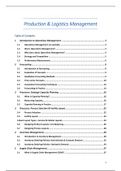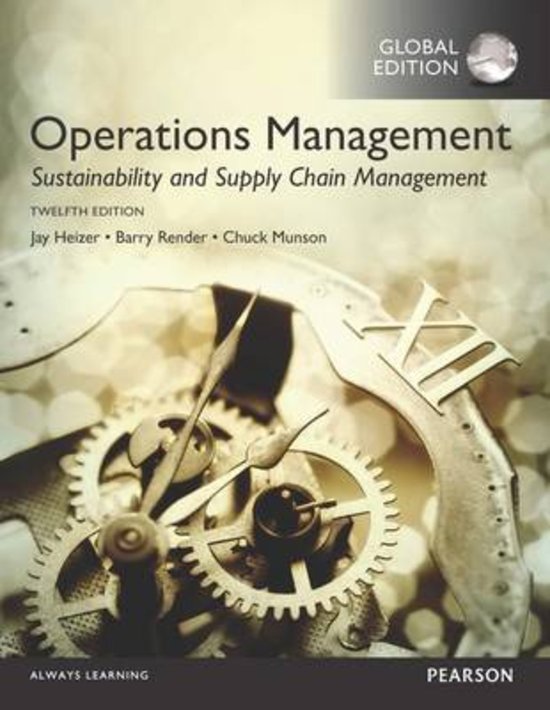Samenvatting
Samenvatting Production & Logistics Management
- Instelling
- Universiteit Gent (UGent)
All slides with notes from the lectures are included, as well as indications of important aspects for the exam. There is a clear structure. Easy to navigate through. Contains all information necessary to pass the exam. The best and most accurate summary you will find of this subject.
[Meer zien]




